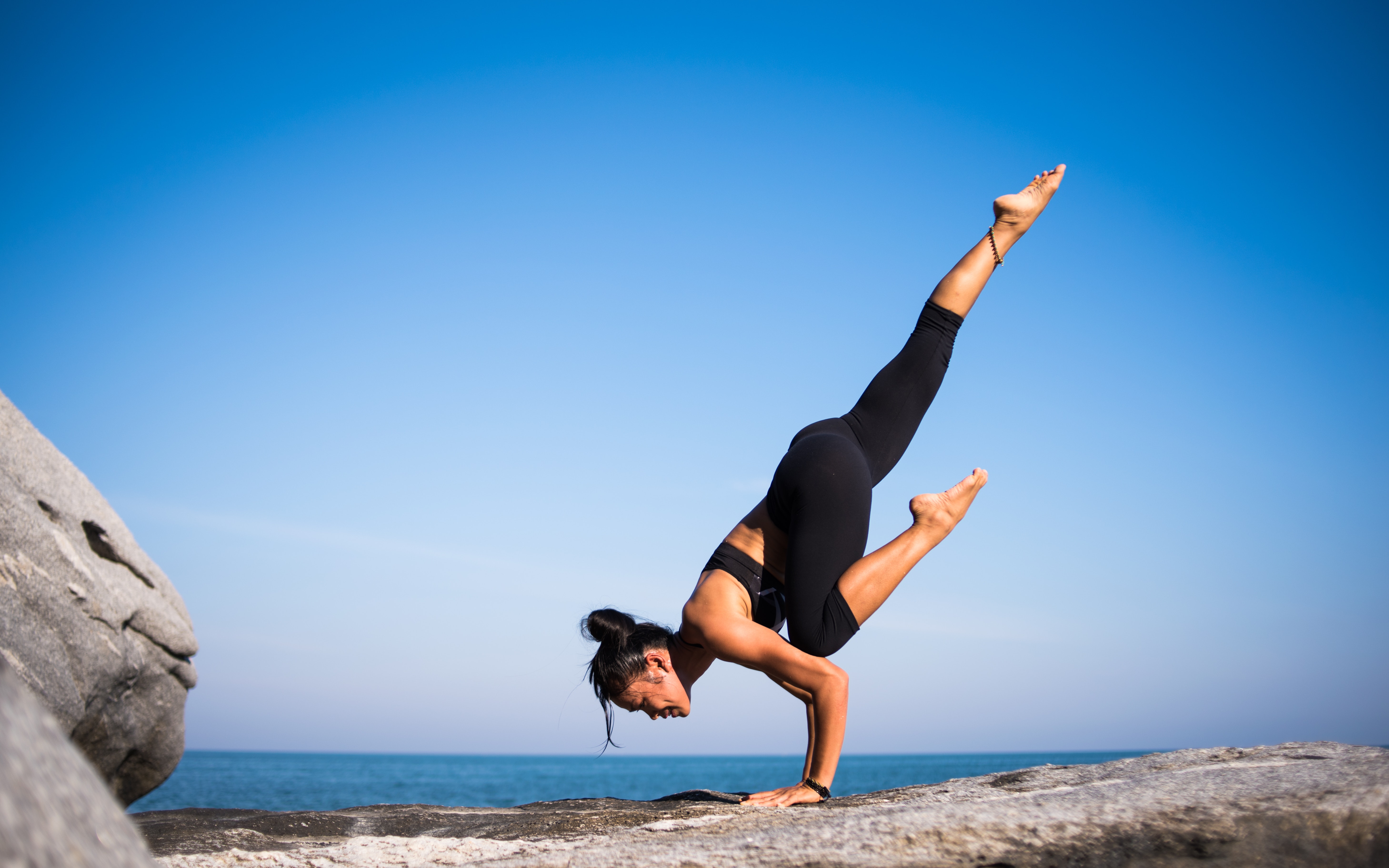
Movement is important; whether it’s a gym session, a quick walk around the block, or simply cleaning your living space - countless studies are showing the benefits of movement and exercise overall.
In fact, researchers found that “exercise can boost mood and help to alleviate anxiety and depression. Such effects have been attributed in part to the release of endorphins triggered by exercise.”
But, for a lot of us, movement may still feel a little alien. The Covid-19 pandemic forced the majority of the population to work from home, whether this was from a home office or in a cramped bedroom. This disruption in routine led many of us to forgo exercise, even if it was something as simple as walking to the tube station in the morning.
Although we are a far cry from our one-hour daily walks imposed by the government, finding rhythm and routine with exercise is still difficult for many of us - and that’s ok!
Movement is one of the best things you can have in your self-care toolbox, and it was the topic of a podcast we published on Unplugged. However, it’s also important to reframe how we look at movement to ensure that it works for us, instead of becoming a chore.
Although big gym workouts or daily 10k runs are incredibly effective for our mental and physical health, the thought of doing this for some can feel like a mountain to climb.
People link exercise with getting fitter, achieving better endurance and strength, and also losing weight - and although exercise gives you all of those things, it’s so much more than that.
It can be an invaluable way to introduce balance and routine in your life, and if the by-product is better physical health or shedding a few pounds, then great!
It’s essential to find what works for you
There is no “one-size-fits-all” approach to improving your mental and physical health, but movement is completely free and will always make you feel good. No one ever comes back from a walk, a run, or a gym session and feels bad about themselves for doing so!
But, you equally have to find what works for you. If team sport or running fills you with dread, try something light like yoga or stretching first. Taking a quick 10-minute walk every day is a great way to introduce regular movement into your day (even if it’s to go to the coffee shop!)
Another way to introduce more movement into your routine is by reducing the use of public transport or personal transport. Although these are convenient ways to travel and save time, they can reduce our step count considerably, thus reducing the amount we move!
If you get the tube or train into work, try and get off one stop before, once a week, and walk the rest of the way. Additionally, if you find yourself driving everywhere (even if it’s down the road) give yourself one day a week when you don’t use personal transport.
So, what else is considered “movement”?
- Yoga
- Walking
- Cleaning/housework
- Cooking
- Taking the stairs instead of the lift
- Stretching
- Gardening
- Swimming
- Cycling
- Running
- Hiking
- Team sport
Some tools that you can use to get started (which are completely free) are as follows
Nike App: Not only does the Nike App have integrations with most smartphones and watches, but there are many guided exercises on there, from yoga to weight training, to HIIT workouts.
Strava: Whether it’s running, cycling, or swimming, Strava is a great way to track your progress and set goals.
5K runner: If you are a novice at running but want to get to 5K, this “couch to 5k” app is a great starting point.
AllTrails: Whether it’s walking or hiking, AllTrails shows you local walking trails (mostly national trust) globally. You can choose the length and difficulty, and tick off some of the most beautiful places in the world in the process!


